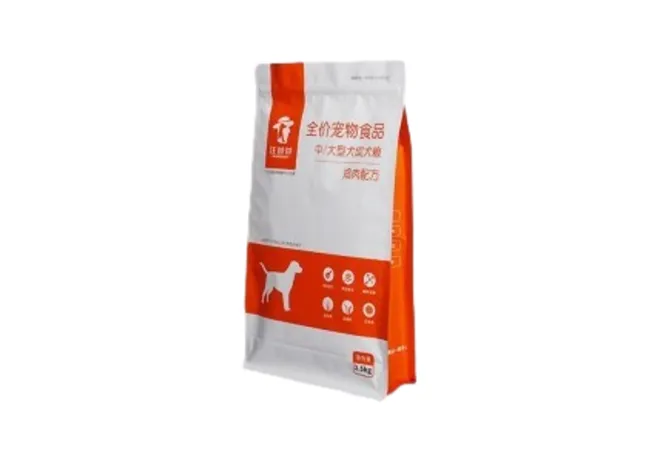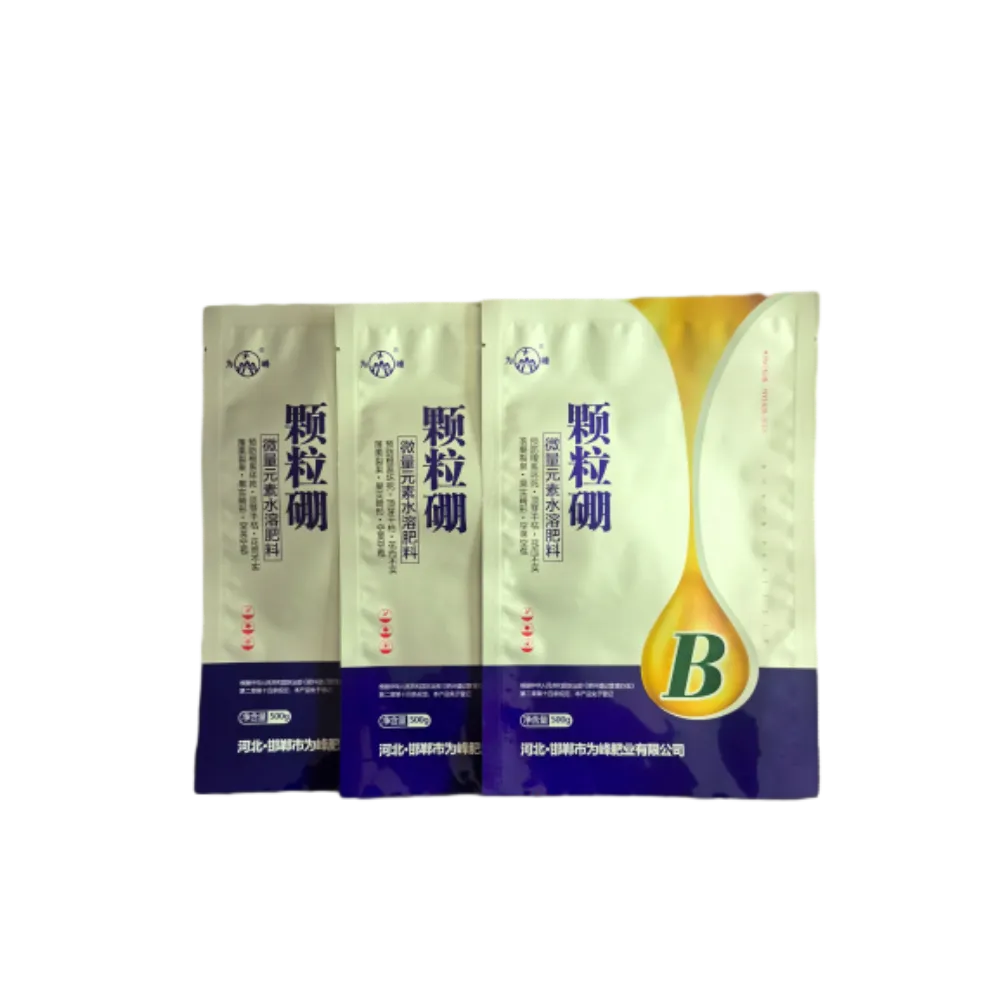- Industry growth statistics for flexible packaging
- Technical advantages of modern stand-up pouches
- Material comparisons between packaging solutions
- Custom design possibilities for brand differentiation
- Material comparison between industry solutions
- Implementation case studies across food sectors
- Future developments in pouch packaging technology

(soup pouch packaging)
Soup Pouch Packaging: The $102 Billion Market Shift
Global demand for flexible packaging solutions continues its upward trajectory, with the market projected to reach $102.6 billion by 2027 according to industry analyses. Soup pouch packaging represents one of the fastest-growing segments, with a compounded annual growth rate exceeding 5.8%. This surge originates from shifting consumer preferences toward convenient meal solutions and manufacturers' needs for extended shelf-life technologies. Stand up soup pouches specifically have disrupted traditional packaging methods, offering 35% more retail shelf visibility while using 70% less material than rigid alternatives.
Technical Superiority of Modern Pouches
Contemporary stand-up pouch solutions incorporate advanced material engineering that outperforms traditional packaging. High-barrier films featuring aluminum oxide or silicon oxide coatings extend product freshness 3-4 times longer than conventional packaging by reducing oxygen transmission rates to below 0.5 cc/m²/day. This preservation technology enables manufacturers to eliminate artificial preservatives while maintaining flavor integrity through thermal processing at 121°C. Additional technical advantages include integrated spouts for controlled dispensing, tear-notches for clean opening, and bottom gussets enabling stable upright positioning during filling and display.
Materials Performance Breakdown
| Material |
Cost Index |
Barrier Rating |
Recyclability |
Max Temp |
| Multilayer Polyester |
100 |
Excellent |
Specialized |
135°C |
| PVC Pouch Packaging |
75 |
Good |
Limited |
90°C |
| PE-Based Structures |
120 |
Excellent |
Widely |
110°C |
| Retort Aluminum |
150 |
Superior |
Specialized |
150°C |
PVC pouch packaging maintains relevance in cost-sensitive applications but faces declining adoption due to sustainability concerns. Modern polyethylene-based alternatives now match its moisture barrier capabilities while offering improved environmental profiles. For premium soup applications requiring ultra-high barriers, aluminum foil laminates provide oxygen protection below 0.05 cc/m²/day, enabling 24-month ambient shelf life without refrigeration.
Customization Capabilities
Manufacturers now offer extensive customization options to enhance brand visibility and functionality. Digital printing advancements enable photorealistic graphics with 95% color gamut coverage on stand up soup pouches using food-safe inks. Form factor innovations include unique pouch shapes, integrated utensil compartments, dual-chamber designs for ingredient separation, and resealable zippers that maintain hermetic seals through 25+ opening cycles. Specialized features like microwave susceptors enable direct heating convenience while matte finishes and soft-touch coatings elevate premium perception.
Implementation Case Studies
Industry leaders have successfully implemented soup pouch packaging
across diverse applications. A leading organic brand reduced packaging waste by 47% after transitioning from cans to stand-up pouches while increasing shelf presence. Another manufacturer addressing senior nutrition needs developed ergonomic spouted pouches requiring 30% less opening force than traditional containers. Private label processors using PVC pouch packaging solutions achieved 15% cost reduction versus composite alternatives while maintaining 12-month expiration dating for dehydrated soup products.
Retail Innovation Showcases
Retail adoption patterns reveal successful formats across market segments. Premium ready-to-serve soups utilize fully printed retort pouches with built-in handles and tear spouts. Private label dehydrated products favor PVC pouch packaging solutions which balance moisture control with material economics. Store brands increasingly select transparent window pouches that show contents directly, boosting conversion rates by 22% according to shopper behavior research. Portion-controlled packaging for foodservice demonstrates particular growth, with single-serve soup pouches growing 12% annually.
Soup Pouch Packaging Advancements in Sustainable Materials
Future developments focus on enhancing sustainability metrics while expanding functionality. Monomaterial polyethylene pouches now entering the marketplace maintain performance characteristics while increasing recyclability rates to over 75%. Oxygen scavenging technology integrated directly into film layers will push shelf-life beyond 36 months. Digital water-based printing reduces solvent usage by 90% compared to traditional methods. Emerging compostable films derived from agricultural waste show promise, with industrial composting trials achieving full degradation within 84 days under controlled conditions. These developments reinforce soup pouch packaging as a versatile, evolving solution meeting modern food preservation requirements.

(soup pouch packaging)
FAQS on soup pouch packaging
Q: What materials are used in soup pouch packaging?
A: Soup pouches are typically made from food-grade, BPA-free laminated films like PET, aluminum, or PVC. These materials ensure durability, leak-proofing, and extended shelf life for liquid contents.
Q: Are stand-up soup pouches microwave-safe?
A: Most stand-up soup pouches are not microwave-safe due to aluminum or PVC layers. Always check manufacturer guidelines and transfer contents to microwave-safe containers before heating.
Q: Why choose PVC pouch packaging for soups?
A: PVC pouches offer excellent clarity, flexibility, and heat resistance, making them ideal for liquid soups requiring visible product appeal and stable high-temperature filling processes.
Q: Can soup pouch packaging be recycled?
A: Recycling depends on materials: multi-layer pouches (e.g., PET/aluminum) are harder to recycle, while mono-material PVC or recyclable plastic pouches are increasingly available as eco-friendly options.
Q: How do stand-up soup pouches prevent leaks?
A: Stand-up pouches use reinforced seals, tear-notches, and barrier layers to prevent leaks. Their gusseted base design also stabilizes the pouch, minimizing spill risks during transport and storage.